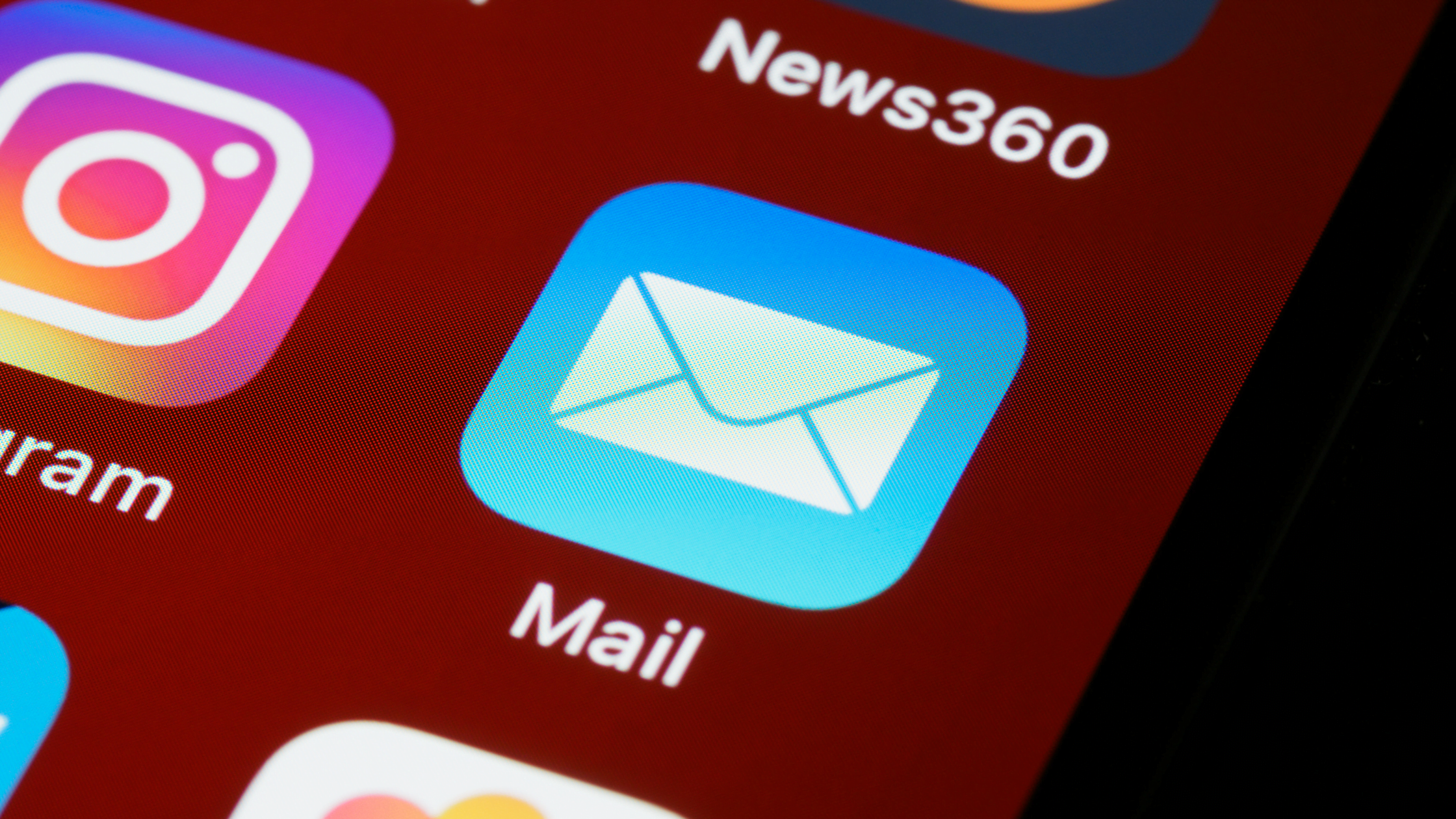Address
304 North Cardinal St.
Dorchester Center, MA 02124
Work Hours
Monday to Friday: 7AM - 7PM
Weekend: 10AM - 5PM


Table of Contents
ToggleEmail marketing automation has revolutionized the way businesses connect with their audiences. By automating repetitive tasks and delivering personalized messages at scale, it enables marketers to maximize efficiency and drive engagement. In this guide, we’ll delve into the world of Email Marketing Automation 101 and explore its benefits, strategies, and best practices. From understanding the basics to implementing advanced techniques, you’ll gain the knowledge and insights to create successful automated campaigns that yield impressive results.
Email Marketing Automation refers to the process of using software and tools to automate various stages of an email campaign. It involves setting up predefined triggers, actions, and workflows that send targeted emails to subscribers based on specific criteria. With automation, marketers can streamline their email marketing efforts, save time, and deliver more relevant and timely content to their subscribers.
To get started with Email Marketing Automation, you’ll need an email marketing platform or software that supports automation features. These platforms often provide intuitive interfaces and drag-and-drop builders, making it easy to set up and manage your automated campaigns. Once you have the necessary tools in place, you can start building your automated workflows based on your specific goals and objectives.
Segmentation plays a crucial role in successful email marketing automation. By dividing your subscriber base into distinct segments based on demographics, preferences, behaviors, or purchase history, you can tailor your messages to resonate with each group.
To create effective segments, consider the following criteria:
The success of your email automation campaigns depends on crafting compelling and engaging content. Here are some best practices to keep in mind:
Capture your audience’s attention with catchy subject lines and informative preheader text. Keep them concise, intriguing, and relevant to increase open rates.
Leverage your subscriber data to personalize your emails. Use merge tags to insert recipients’ names and tailor the content to their interests or past interactions with your brand.
Ensure your emails reflect your brand identity through consistent visual design elements, including colors, fonts, and imagery. A professional and visually appealing design enhances the overall user experience.
Craft compelling and action-oriented CTAs that prompt recipients to take the desired action. Use clear language, vibrant buttons, and strategic placement to drive clicks and conversions.
Email Marketing Automation is a powerful tool that can revolutionize your email marketing efforts. By leveraging automation, personalization, and targeted messaging, businesses can enhance customer engagement, drive conversions, and save valuable time. Remember to choose the right Email Marketing Automation tool, segment your audience effectively, and craft compelling content to ensure the success of your automated campaigns. Embrace Email Marketing Automation 101, and unlock the potential to supercharge your marketing efforts.
The purpose of Email Marketing Automation is to streamline and optimize the email marketing process by automating repetitive tasks and delivering personalized messages to subscribers. By leveraging automation, businesses can save time, increase efficiency, and provide a more tailored and engaging experience for their audience.
There are several popular Email Marketing Automation tools available in the market. Some of the top choices include:
These tools offer a range of features and functionalities to help businesses create, manage, and automate their email campaigns effectively.
Email Marketing Automation enables businesses to send targeted and relevant messages to their subscribers, leading to improved customer engagement. By leveraging segmentation and personalization, businesses can deliver content that aligns with the recipients’ interests and preferences, increasing the chances of engagement, such as opens, clicks, and conversions.
When implementing Email Marketing Automation, tracking key metrics is crucial to assess the effectiveness of your campaigns. Some essential metrics to monitor include:
While Email Marketing Automation offers numerous benefits, there can be challenges that marketers may encounter. Some common challenges include:
To get started with Email Marketing Automation, businesses should follow these steps: